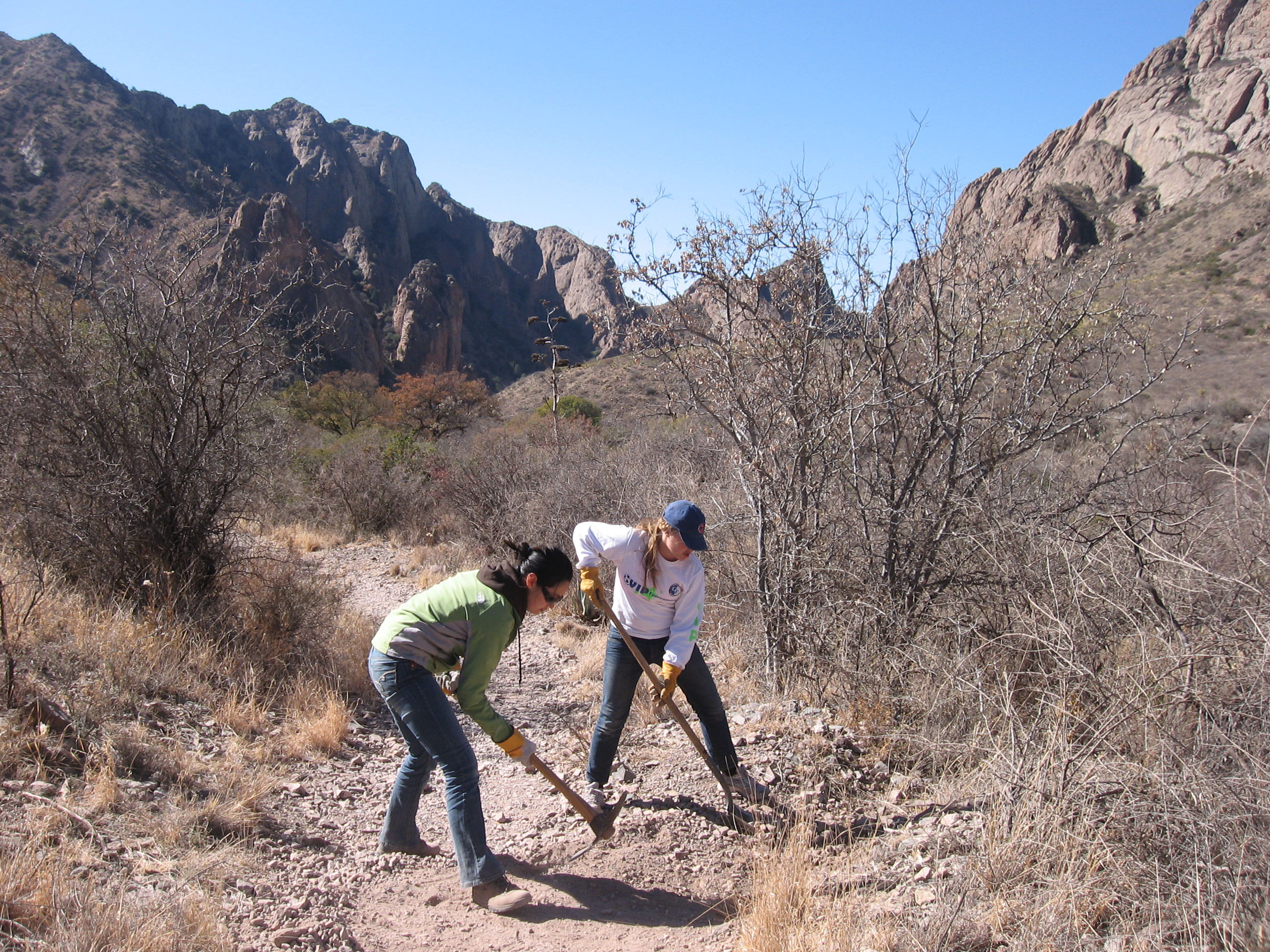March 1, 2012 — Sunscreen? Check. ID? Check. Work gloves?
Yes, work gloves could be on the checklists of some of the nearly 400 University of Virginia students participating in Alternative Spring Break next week.
Alternative Spring Break is a student-run organization that conducts service-learning projects during winter and spring breaks.
Next week, U.Va. students will travel to 25 destinations – 15 domestic, 10 international – to participate in service-learning projects that range from environmental conservation efforts in national parks to programs related to urban housing and homelessness, disaster relief, youth services, women's issues and rural clinic administration. (A complete list of 2012 trips is here.)
Emily Pearce, a fourth-year College of Arts & Sciences student majoring in biology, and environmental sciences, with a concentration in environmental and biological conservation, is president of Alternative Spring Break.
"I have found ASB to be an organization that extends beyond the boundaries of the week of travel and service-learning that takes place," she said. "The community aspect of ASB is what drew me in and it is my primary involvement and where the majority of my energy has been directed while here at U.Va."
Alternative Spring Break started at U.Va. in 1992, when a group of students decided to combine their desires to do community service work and travel somewhere new for spring break. This year, nearly 600 students are participating in winter and spring break projects.
Alternative Spring Break Programs are in colleges all over the country, but the U.Va. program is one of the largest, in addition to being among the few that are entirely student-run. Its mission is "to bring together members of the University community, who might not otherwise interact in their usual social spheres, in the common goals of service to and education about the global community, in order to promote and train future service leaders of Virginia," according to the organization's Facebook page.
The service-learning trips are planned and led by student site leaders, selected each April for the following year's trips. Every project is organized with a community group at the site. Site leaders spend the academic year developing the logistical foundations of their trips and attending workshops about service learning and fostering experiential education.
Site leaders conduct educational meetings and discussions with the their teams before and during each trip. For most international trips, the education focuses on local customs and political situations. Many pre-travel meetings are structured around discussions with local community members or professors with expertise in the areas relevant to the trips service-learning projects, Pearce said.
Alternative Spring Break also supports participant-initiated research, providing almost $8,400 in scholarships and service-learning grants to nearly 60 students. Recipients of service-learning grants, with a faculty adviser's support, complete a research project combining their education interests with issues where they visit. Their research is presented on the ASB website.
Pearce said her involvement with Alternative Spring Break began during her first year at U.Va., when she participated in a trip to the North Rim of the Grand Canyon. She has led trips back to the Grand Canyon every spring since then, where participants assist with environmental conservation efforts. She led a trip to Big Bend National Park in Texas this past winter break.
"ASB provides a unique opportunity for students to get outside of the 'chalkboard-learning' mentality," she said. "Instead of being lectured at and told what to learn and how to learn it, ASB site leaders facilitate learning experiences by offering students a different way of learning in experiential education. ... I have strong memories from all of my trips of the organic conversations with individuals that I might not otherwise have met had I not been a member of ASB."
Pearce said one of her favorite memories of the program occurred at a "campfire reflection" session at Zion National Park in Utah.
"We were discussing the balance between conservation and tourism and one of my participants, a girl who had never been camping until that week, made a comment about the terrible light pollution," she said. "I was surprised because the night sky in Zion is almost unparalleled in its visibility and was about to make a remark before I realized that my participant was referring to the single street light that illuminated the visitors center parking lot a few hundred meters away."
Though the young woman's observation about light pollution wasn't exactly accurate from an environmental standpoint, "it was then that I realized the impact that ASB trips can have – to take an individual who had never cared about camping or the outdoors and facilitate her learning through hands-on experiences was a strong moment for me. A classroom could never have had that sort of perspective-changing impact."
– By Rebecca Arrington
Media Contact
Article Information
March 1, 2012
/content/have-pickax-will-travel-nearly-400-students-take-alternative-path-spring-break

